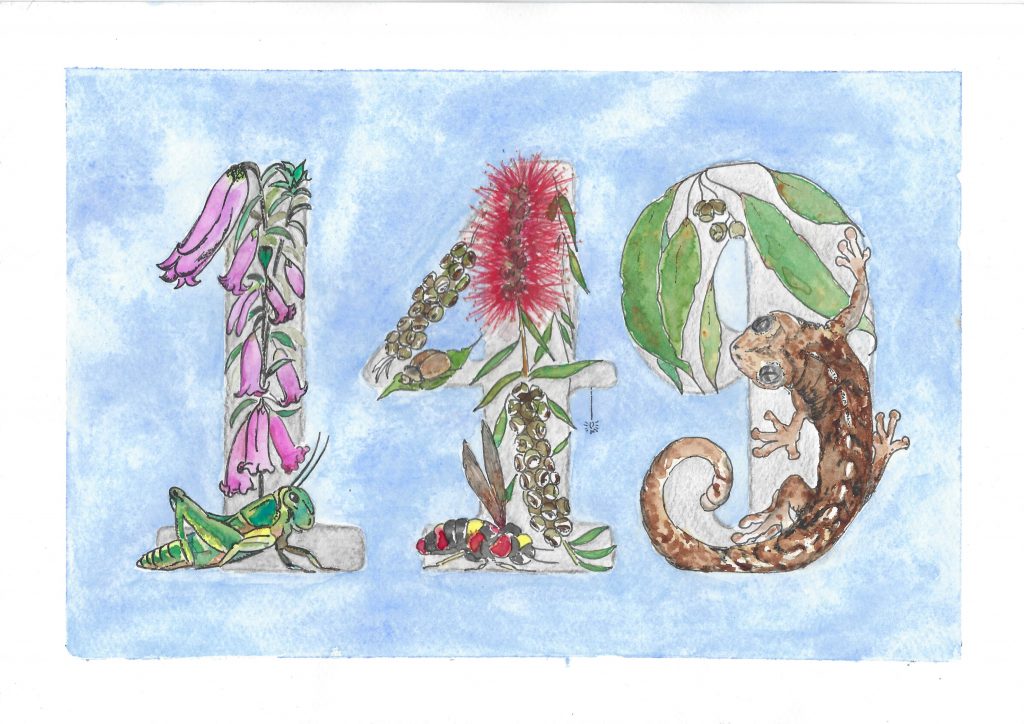
Table of Contents
Celebrating Math In Nature!
Hello! Welcome to the 149th Playful Math Education Blog Carnival – Celebrating Math in Nature!
I’m so glad you have stopped by as we are going to have fun looking at lots of ways in which you can combine a love for nature with a love for math.
It’s time to discover, explore and investigate the world around you. Come and have fun with us! Be prepared to find a rabbit trail or two, so don’t forget to bookmark this page, then you can come back and explore more.
Playful Math Education Carnival is a monthly collection of mathy fun: tips, tidbits, games, activities and more, founded by Denise Gaskins. You can find previous Carnivals on the Let’s Play Math web site.
Traditionally, the Math Carnival starts with some mathy facts related to the carnival’s number, that is 149. Rather than find some weird, obscure arithmetic to fulfill the number 149, I decided to look at some celebrations tied to the 149th day of the year, which happens to be May 29th. Maybe you will find a new way to celebrate next year, would you choose:
- Composting Day
- Biscuit Day
- Paper Clip Day
- Put a Pillow in Your Fridge Day
- World Digestive Health Day
- International Everest Day
The National Paper Clip Day is unique to America, but I think that I will definitely put this celebration on my calendar next year! However, the ‘Put a Pillow in Your Fridge Day’ ????… Is it REALLY a thing 🤣
In terms of what happened in history In the year 149BC (CXLIX BC) We find that the third Punic War began and Rome landed in Africa to begin the Battle of Carthage.
And in the year 149AD (CXLIX) Jiangon, a Chinese Official and Scholar of the Hang Dynesty was born.
In my internet scouring to find obscure facts about 149, I also stumbled across the amazing women of Guatemala. According to MedineNet.com the average height of women in Guatemala is 149cm. That makes them the shortest women in the world!
How tall are you? You can download a Height/Weight percentile chart and have fun with your children plotting their mathy details! You can find a great range HERE.
Which leads us on to the rest of the 149th Math Carnival…
What you will find
- Math and Bio-metric Data
- Nature Journaling and Math
- Math in Nature
- Poetry + Nature + Math
- Books
- Resources/Articles for Teaching Math Through Nature
Math and Bio-metric Data
As our world changes, Bio-metric Data is becoming more relevant to our personal identification. Learn more about this field of science and how it is being used for security and identification in this article by the Thales Group.
Helping children become familiar with their personal numbers can be a fun activity. Do your children know their height and weight? How old they are? The year they were born? Boy Mama Teacher Mama has a lovely template for Math About Me. Why not print a template off, create your own, or use this one by Math Coach’s Corner, Me, by the numbers.
After discovering your personal height, why not learn more about your personal bio-metrics? Do you know your pace? How far is it to your knee or shoulder? How wide do your arms stretch? These measurements can help us estimate the measurements in the world around us. We can use this knowledge to add numbers to our nature journals. John Muir Laws has a wealth of resources and information on his web site. Watch a video to help you put numbers into your journal. Download a Reference Sheet to help you estimate those numbers, or be inspired to create a Plant Timeline.
Nature Journaling and Math
If you have always wanted to start a nature journal but don’t know where to start, Paula Peeters explains the process here and shares free online lessons here. Paula is an inspiration, as she combines Art, Science and Nature. Spend time exploring her web site and go away feeling equipped to start your own nature journal.
Recently, I had fun taking part in the international journaling week. There were some great prompts to keep us on our toes as we worked on our journals: WORDS, PICTURES, NUMBERS, I NOTICE, I WONDER, IT REMINDS ME OF, and MINDSET MATTERS. You can access the 2021 information HERE. Make sure to keep a look out for 2022.
If you love to be inspired by podcasts, you may like to listen to ‘Journaling with Nature – Episode 54: Kelly Johnson – Wings, Worms, and Wonder.’ Kelly is a creative nature connection guide and her web site is full of amazing things to inspire.
Math in Nature
Where should we begin to look for math in nature?
Math Geek Mama points us in the right direction with her Math in Nature: 5 Stunning Ways We see Math in the World. Join her mailing list to receive a stunning set of downloadable posters.
Take a pictorial journey of the Hidden Beauty of Mathematics with this Google slide presentation by the Museum of Tomorrow.
The SquareCirclez blog explores the beauty of the Fibonacci Sequence in A Rare Fibonacci Day.
Feel like watching a video? Try these…
If you enjoyed learning about Alan Turing and his theory of the reaction-diffusion system in the above video and would like to know more about the research being done in this area (and if you want to stretch your brain), try this article by Frontiers in Neurorobotics. Their intriguing article shows that the research being done, on the formation mechanism of neuron dendritic spine patterns, is upholding the theory first developed by Alan Turing.
A truly mesmerizing movie by Josef Gatti can be seen HERE called Phenomena. If you watch it with your children, be prepared to be bombarded with questions like how? why? Can we do this?
Australian Geographic has a great article about the science behind frost patterns. The Mathnasium Blog claims ‘Math isn’t just for Humans. Animals can count too!’ Patricia Jenkins writes about the Mathematics of Nature’s Patterns on the CuriOdyssey blog.
Scientific Gems explores Rainbows and creates an amazing Planetary Fruit Salad. Ibrahim Saidi, at Towards Data Science, helps us to Draw Flowers Using Mathematics.
I am a big fan of combining art and math, include nature into that mix and of course I’m going to add that to our math curriculum! Grace Selous Bull walks us through Land Art, what it is, it’s history, prominent artists and how you can include this beautiful art into your day. I love the way you can explore shape and pattern such a tactile, peaceful way. You might also like her post on 12 Mindful Nature Activities for kids.
Relevant for today, The WorldOMeter gives us up to date world Coronavirus Statistics. AMS Math in the Media, looks at a NPR report which wrongly stated that ‘the Delta Variant Isn’t As Contagious as Chickenpox. But It’s Still Highly Contagious’ You can find the link to the article HERE. The New York Times Learning Network has a lesson for exploring the Math of Ending the Pandemic with Exponential Growth and Decay.
Poetry + Nature + Math
If you like to include Poetry in your nature study, why not explore some math as well. Poetry is full of repetition and patterns. It’s a lovely way to introduce pattern and sequence to young children. They are naturally drawn to the lyrical beat and rhythm in a poem. While poetry is usually not recognized as a math subject, I dare you to explore math in your next poem study!
Here is a poem to start with
Who Has Seen The Wind by Christina Rossetti Who has seen the wind? Neither I nor you. But when the leaves hang trembling, The wind is passing through. Who has seen the wind? Neither you nor I. But when the trees bow down their heads, The wind is passing by. (This poem is in the public domain)
Can you see the pattern? This poem is in the form of a quatrain, which is a four-lined stanza borrowed from Persian poetry. Explore the rhyme pattern with your children!
Our carnival number + Shakespeare = Sonnet 149 . In this Sonnet, there are three quatrains and a couplet. The pattern is ABAB CDCD EFEF GG. Do you see the pattern in the poem?
If you have enjoyed looking at poetry with a math eye, JoAnne Growney has a blog called Intersections – Poetry with Mathematics, which will give you more great poems to explore.
HERE you’ll find the blog called Mathematical Poetry and a post written by Kaz Maslanka that discusses different kinds of Mathematical poems. You might like to try and write your own Math/Nature poem using these ideas.
Books
I love a good picture book and these are some of my favourites. Invest in one or more of these beautiful books to encourage your children to look at Nature in a Mathematical way!
Resources/Articles for Teaching Math Through Nature
The Center for Learning Through Nature has a free curriculum, Math Through Nature, Nature Through Math, for Public Schools. Although I haven’t used this resource, it looks great. Let me know if you have tried it!
Liacos Education has a great lesson series called Shedding Light on the Sun and Earth. They also cover topics such as Motion, Atoms, Light and Energy. Spend some time exploring their web page.
The Mathematics Centre has a Mushroom Hunt activity which we had fun exploring. You can find the original instructions HERE and our adaption of the activity HERE. Make sure you check out their other activities on the Maths at Home page!
At Wild Learning, Rachel helps you take your math outside. She has curriculum for Kindergarten through to 5th Grade.
You can find nature-based learning modules at NatureGlo’s eScience web site, created by Gloria Brooks. Read a little about her story in this article titled ‘How to Find Homeschool Math Lessons in Nature‘.
Parker Emerson talks about how to turn around a students negative math attitude in his post Five Tips to Stop Students’ Negative Self-Talk in Math.
Nature Explore talks about the success they have had in implementing mathematical explorations in nature in their article Nature + Exploration = Boundless Mathematics Learning.
Eddie Woo talks about Mathematics being ‘the Sense You Never Knew You Had‘.
How to Play in Nature – Math Ideas for Teachers is a video showing simple ways to help young children learn math in Nature.
And of course, our own Math in Nature Guides for Australian Homeschooling families will help you implement math learning as you study different habitats. Desert – Area and Perimeter, Ocean – Measurement, and Woodlands – Data and Statistics
You might like to join our MeWe group. A space to discuss ideas and strategies for teaching your children math.
Or find me on Instagram @jo_mathinnature


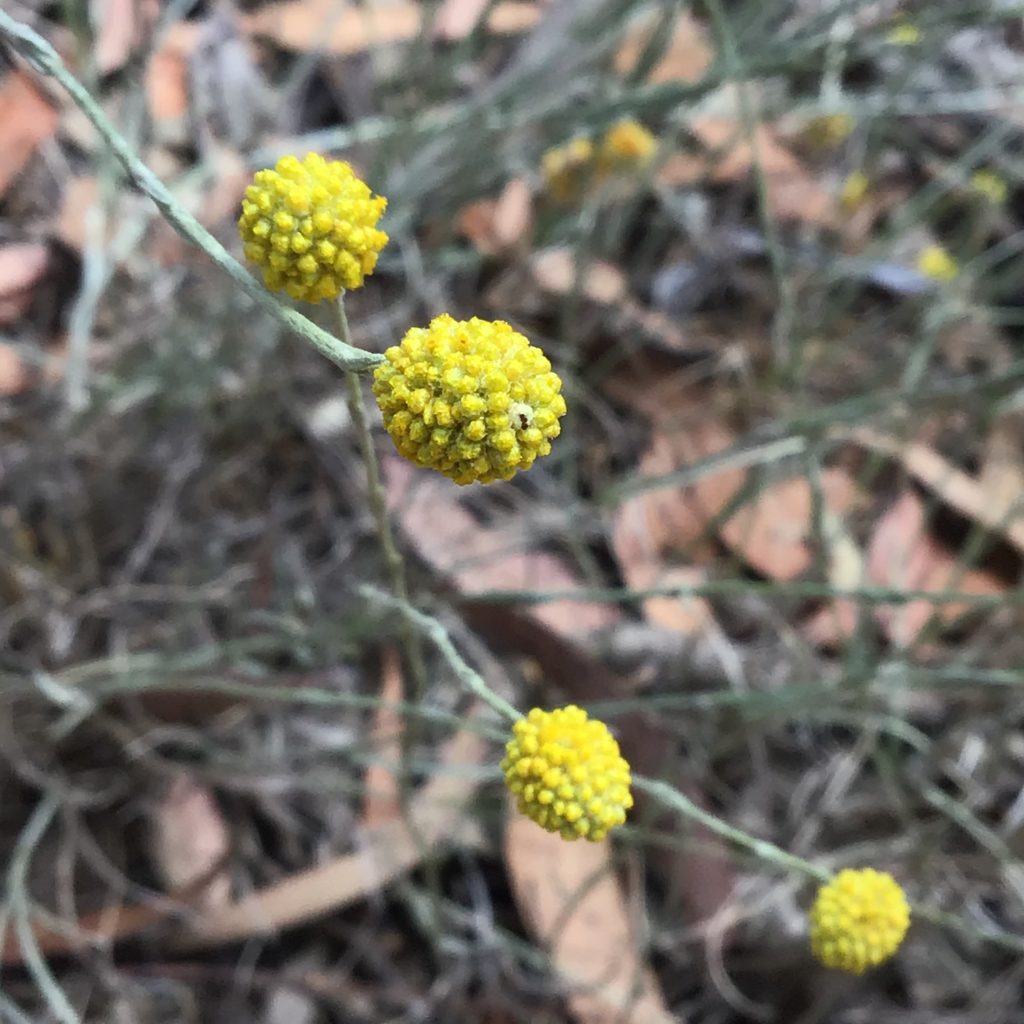
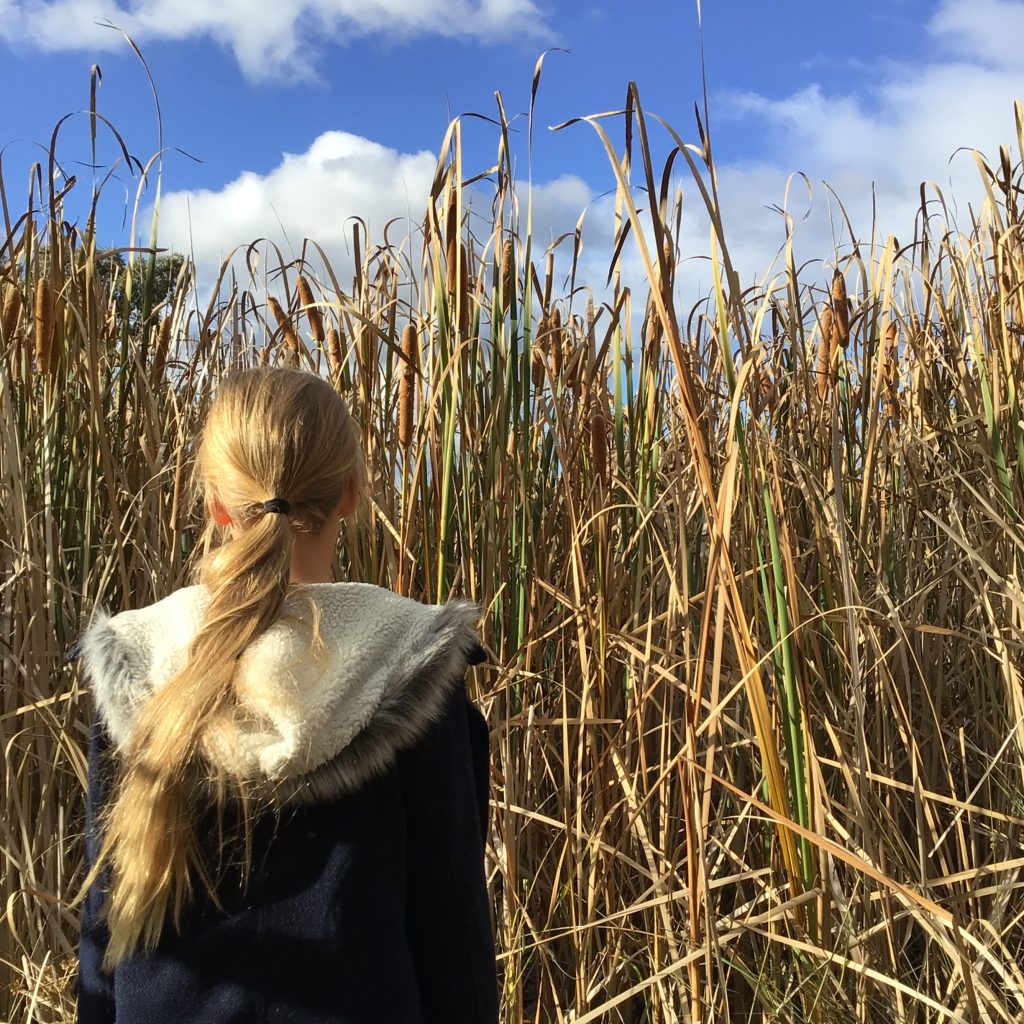
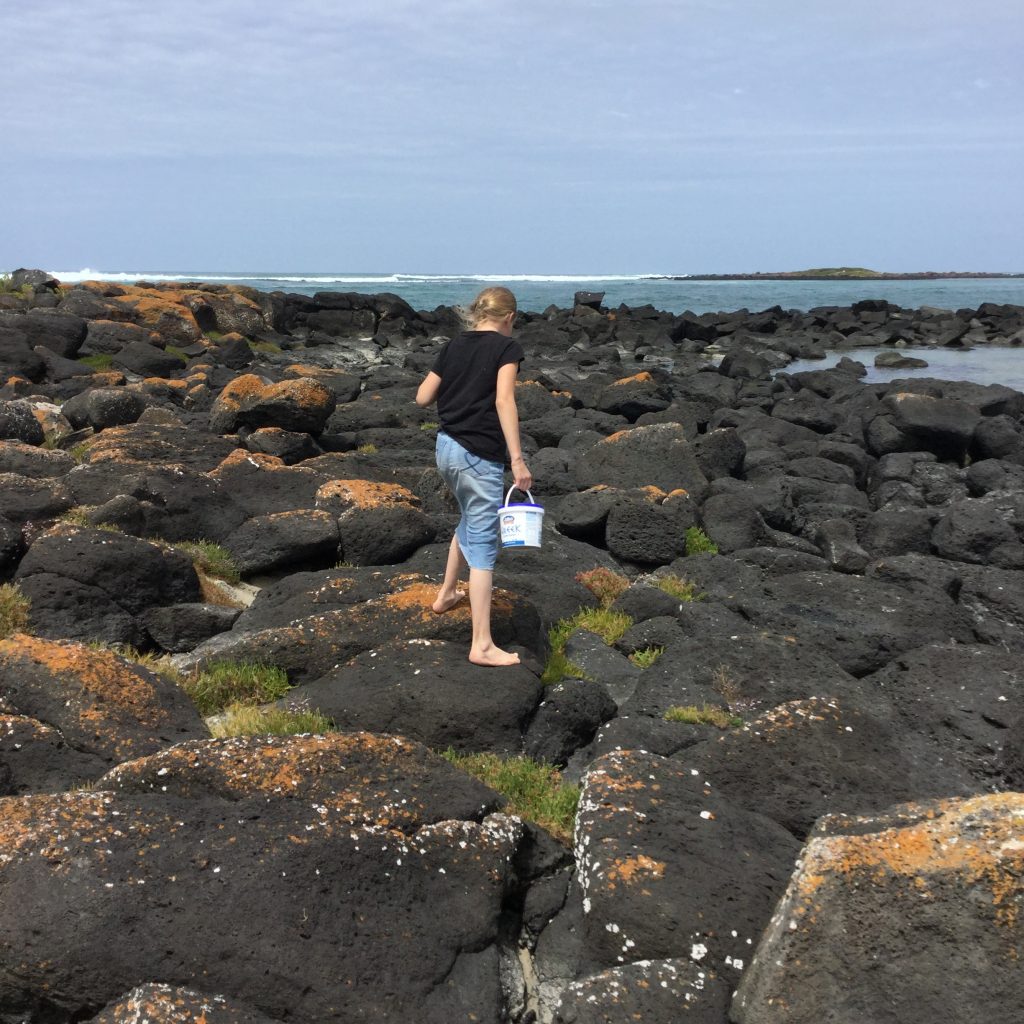
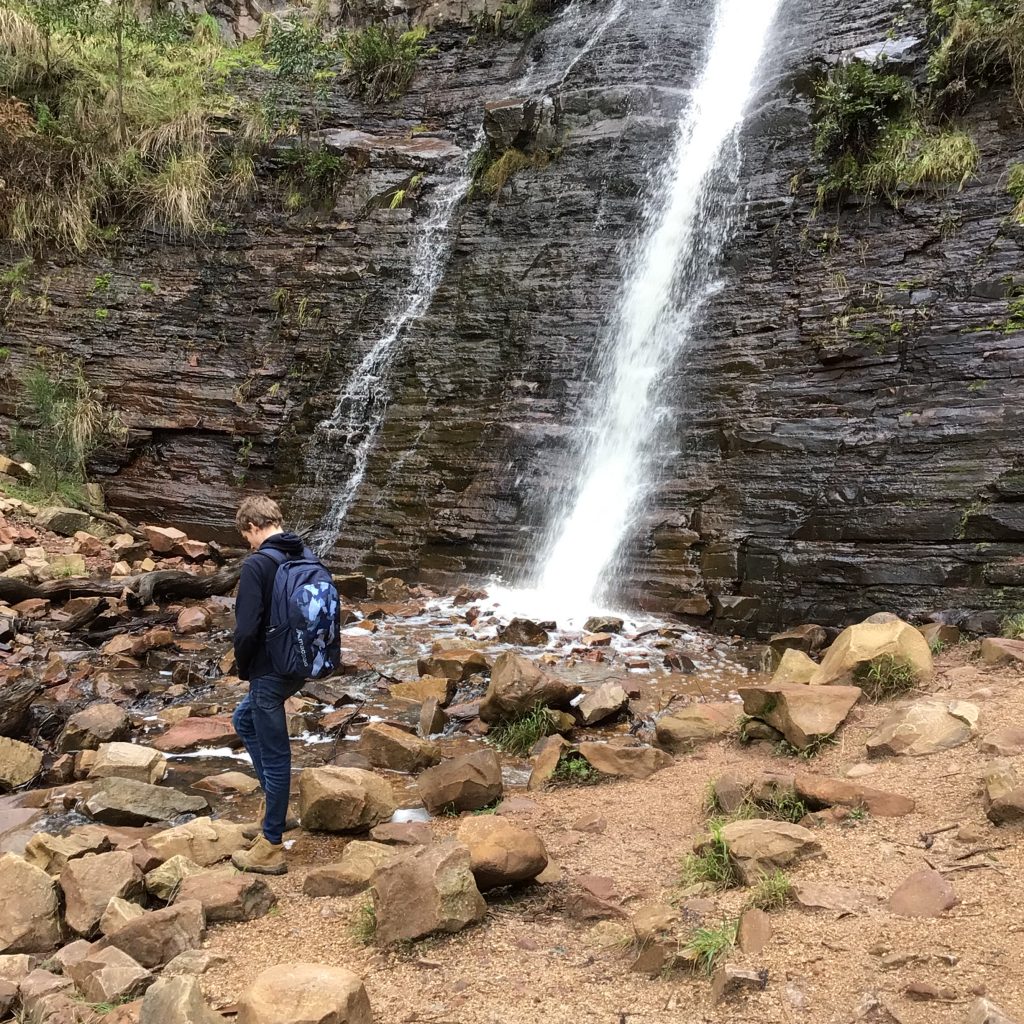
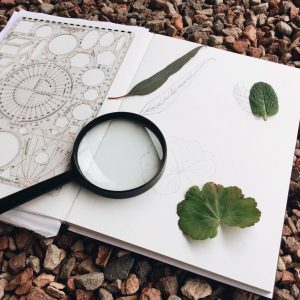
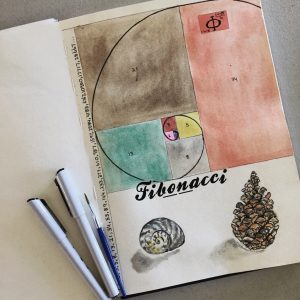
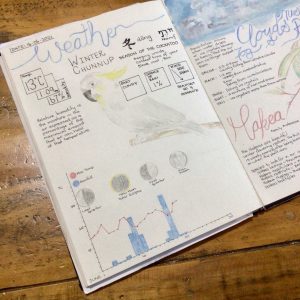
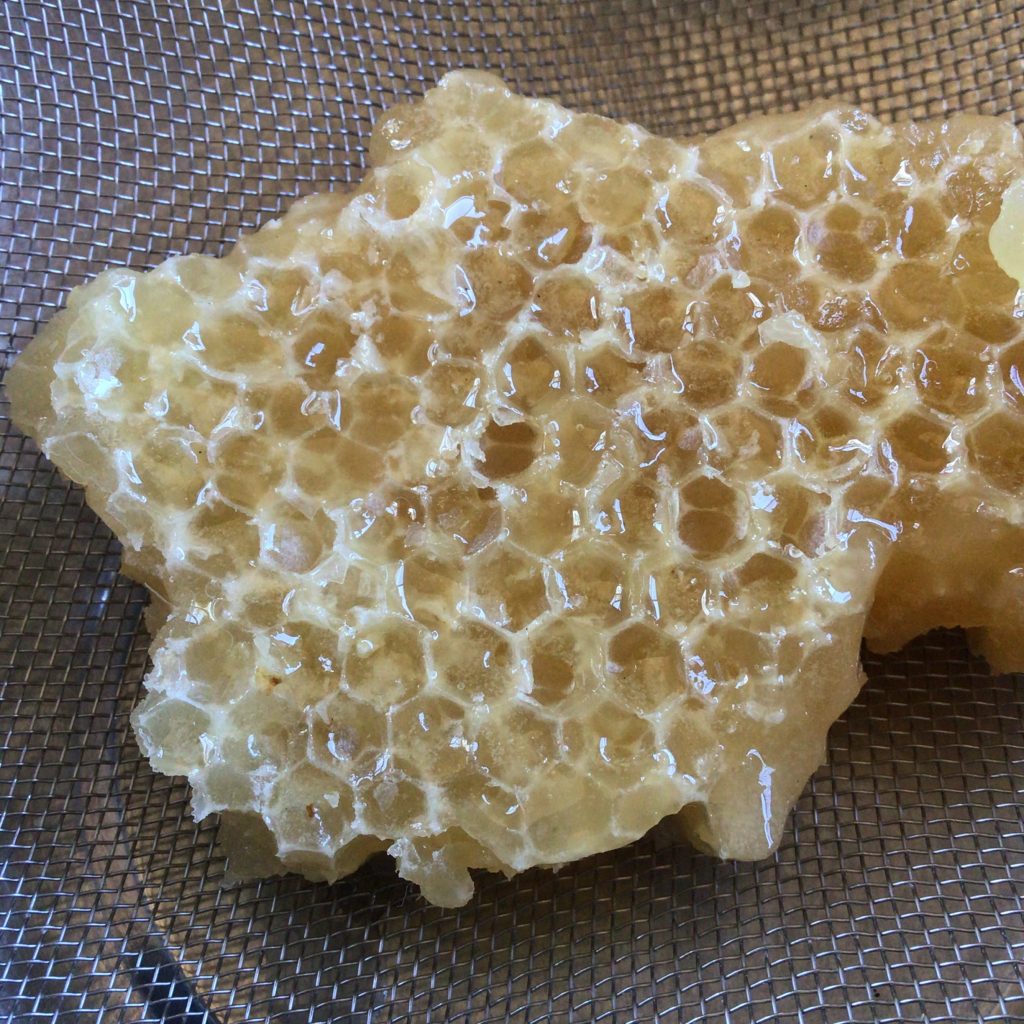
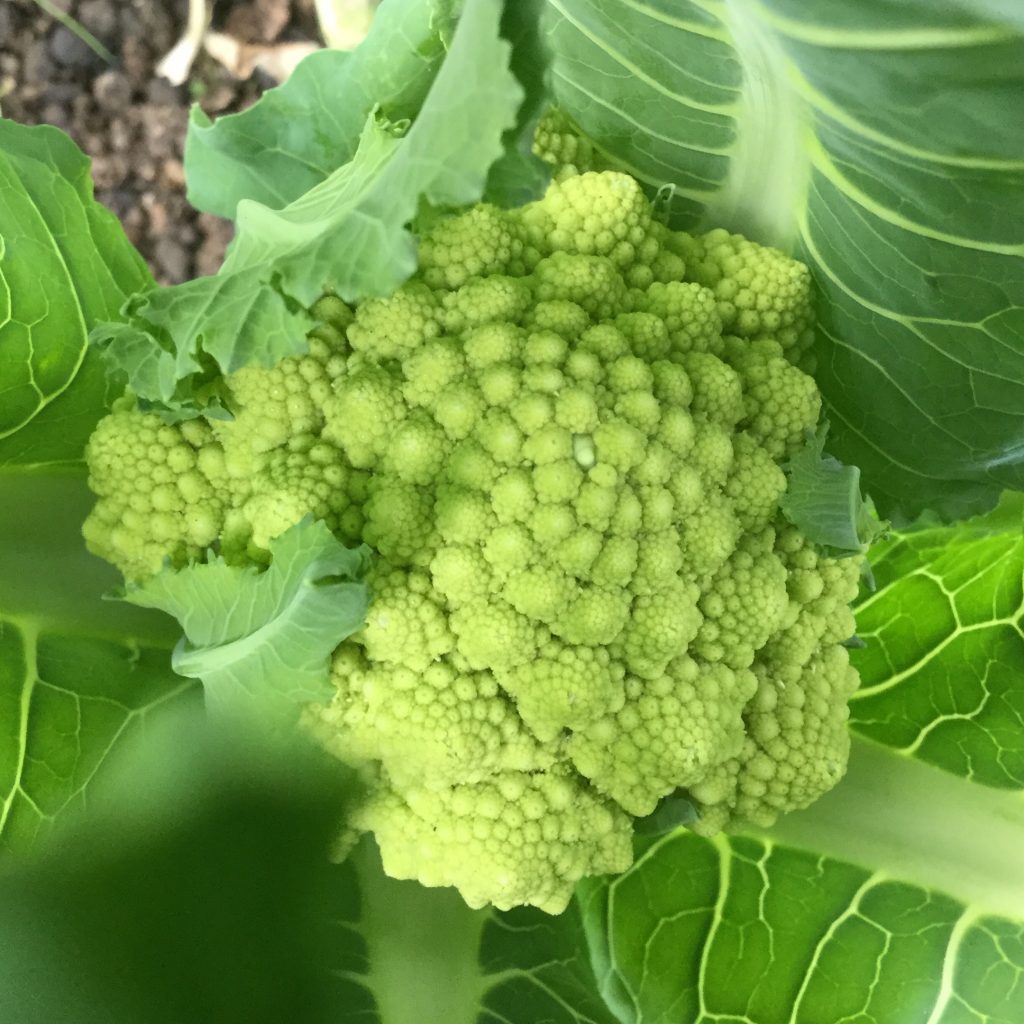
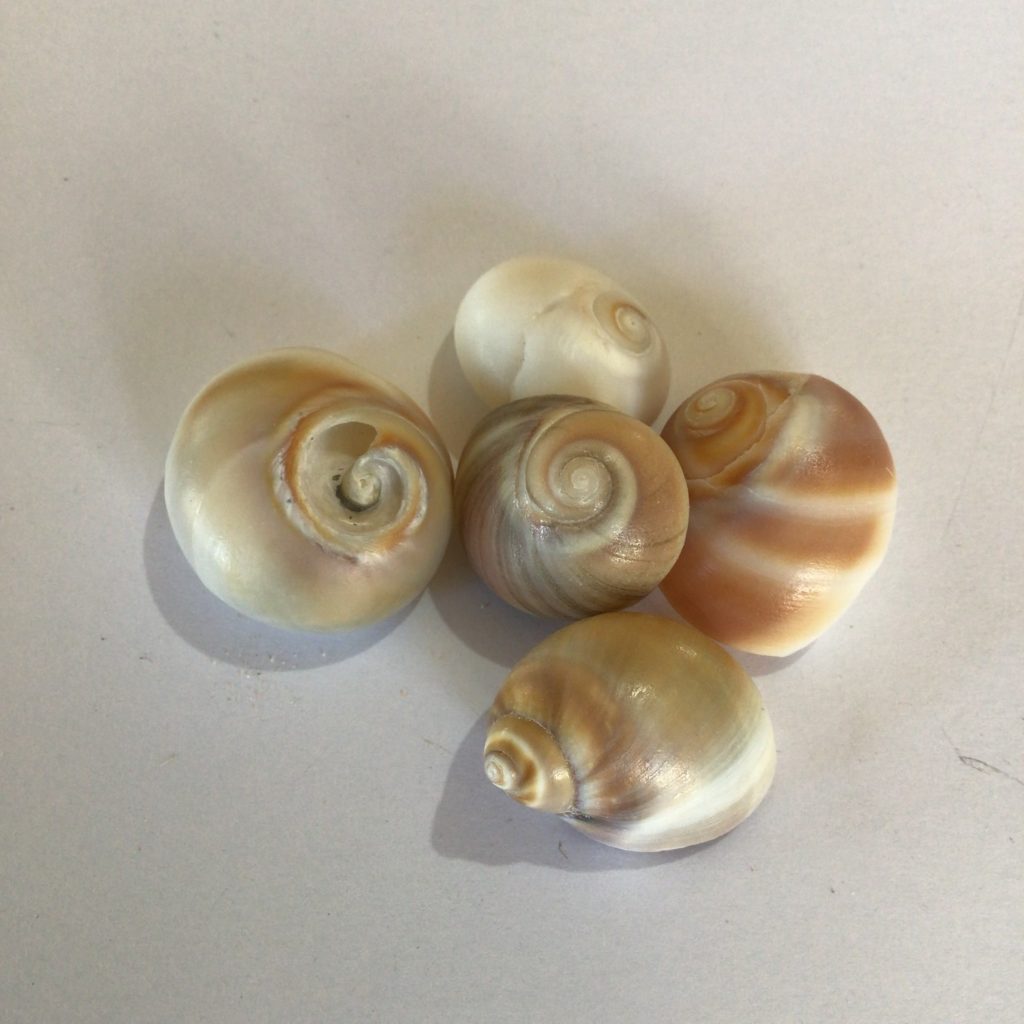

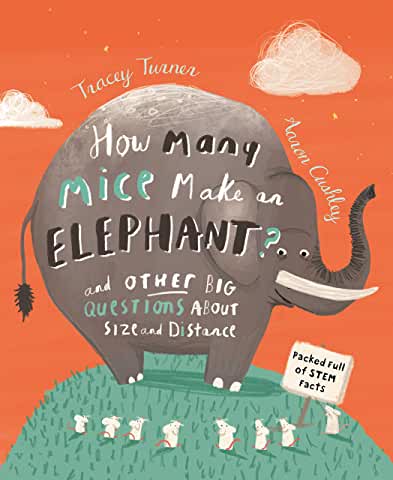
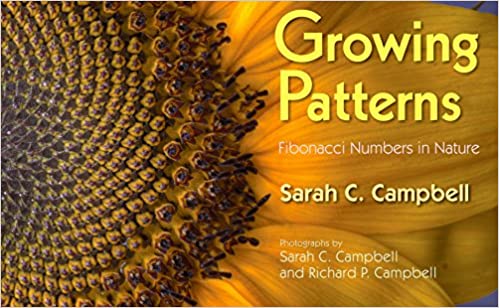
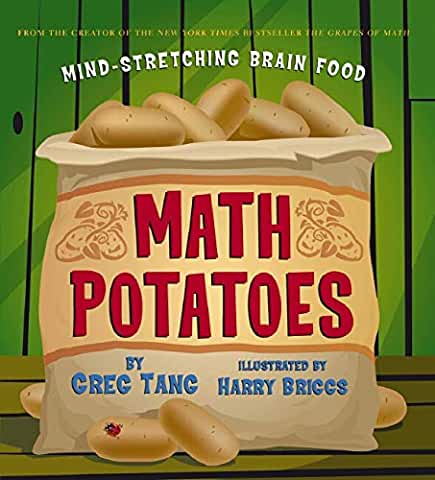

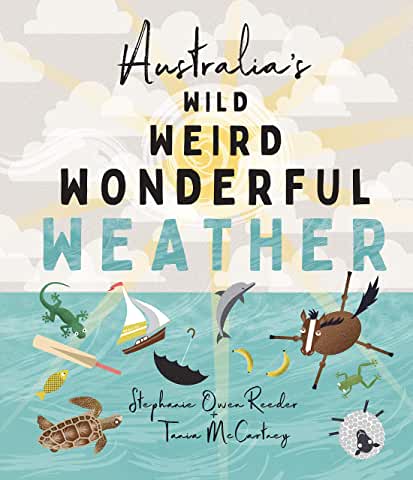
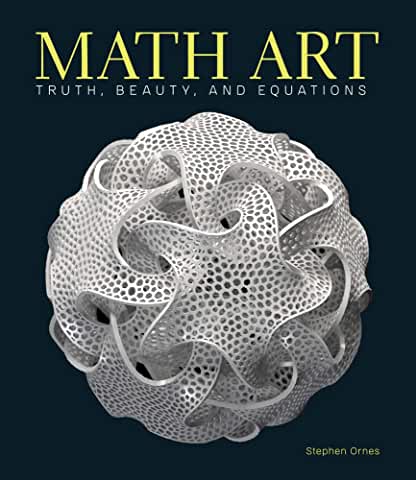


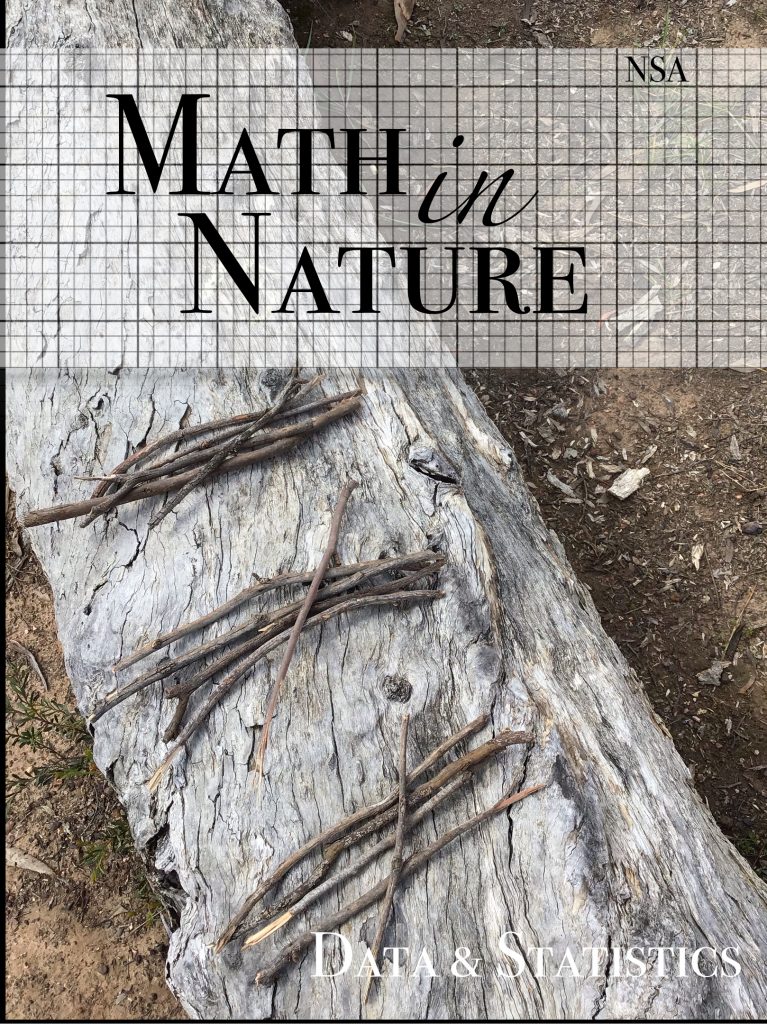
Leave a Reply